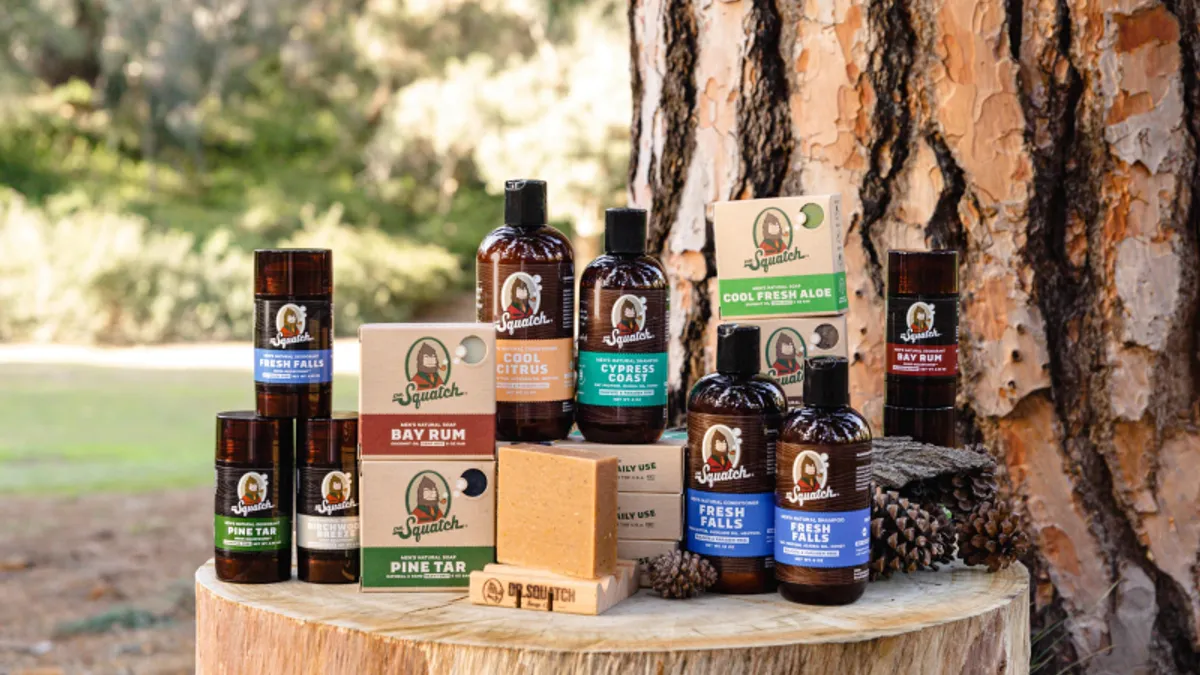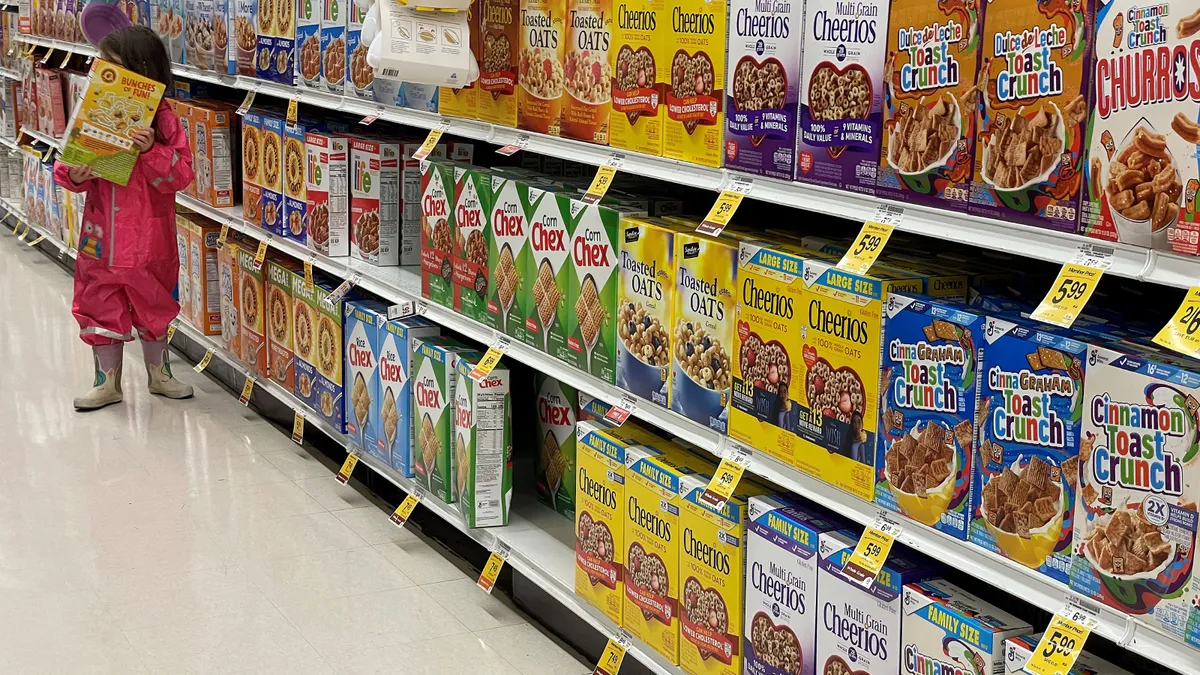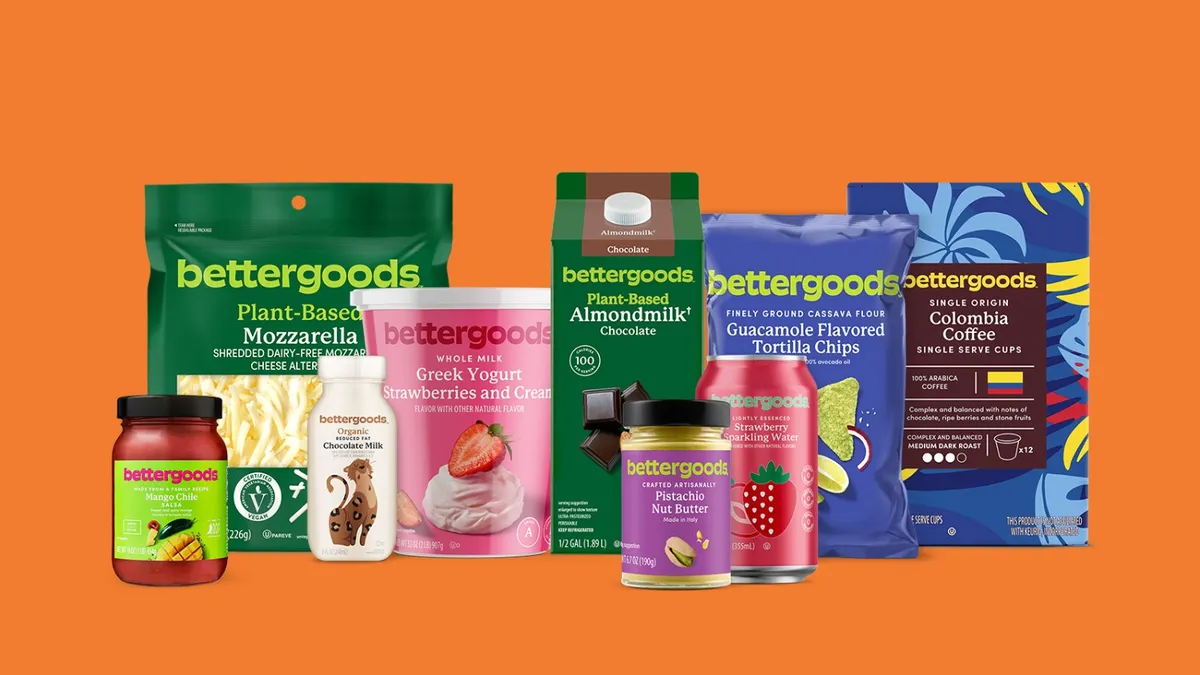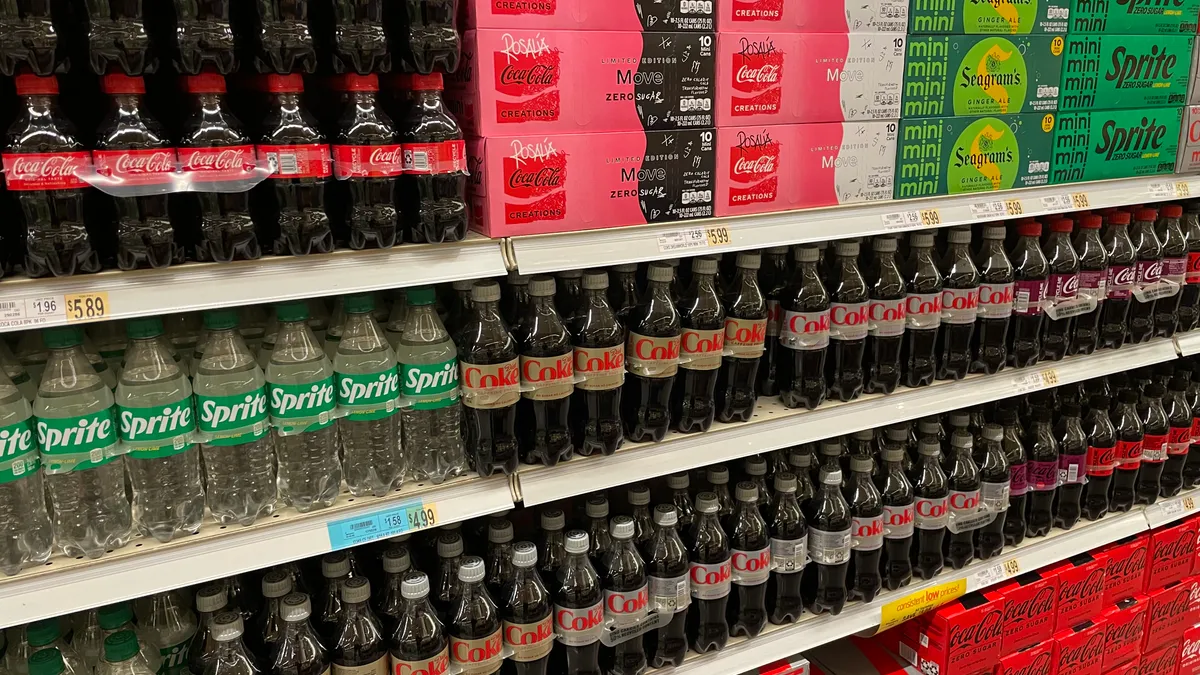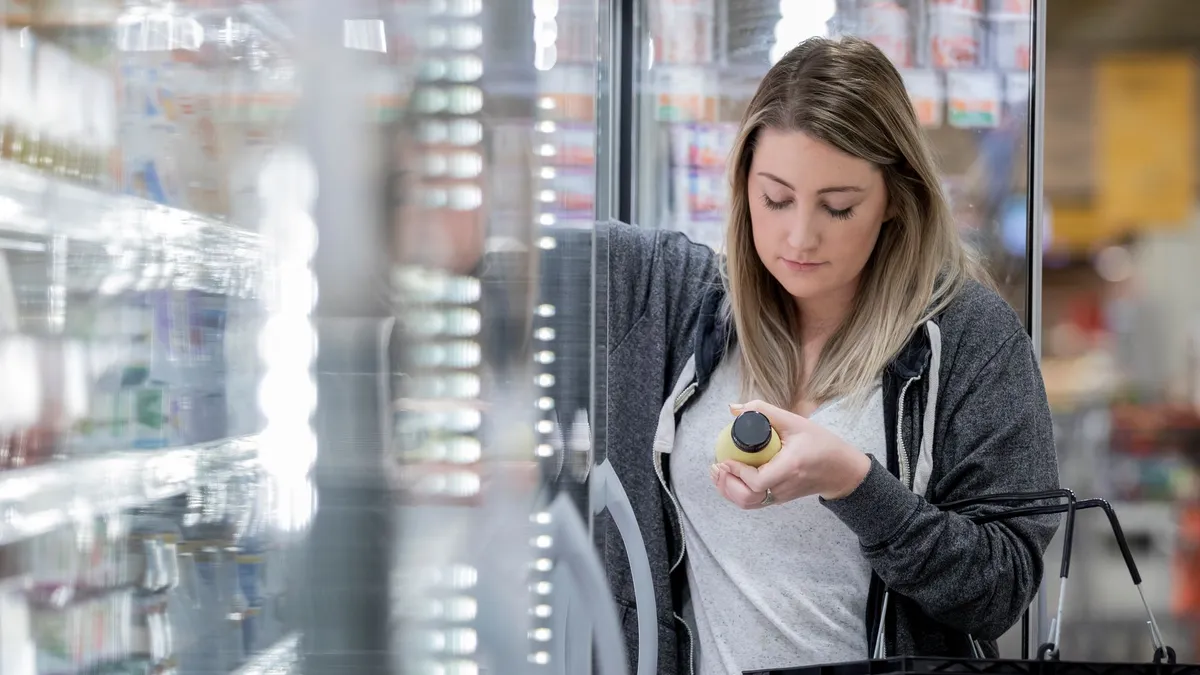New consumer brand dynamics are changing — including tactics for on-pack messaging and in-store displays. While the number of new brand launches is decreasing overall, the methods companies use to reach consumers is different than in the past thanks, in part, to emerging brands. Speakers highlighted this evolving marketplace and the role of packaging during an educational session on Nov. 4 at Pack Expo International's new Emerging Brands stage.
"Over time, we're seeing fewer and fewer new brands come into the marketplace. This has not been a time for innovation in the marketplace overall," said Leon Nicholas, vice president of retail insights and solutions at Smurfit Westrock.
However, "something happened last year," he said: The new brands that did launch were smaller companies that have yet to achieve scale, or are worth under $100 million. Citing Circana data, he said that small brands traditionally accounted for 20% of new product launches, but last year they comprised 37%. In 2023, small companies "had a breakout year. They began to capture, all of a sudden, a much bigger proportion, not only of new items, but of new dollars coming into the marketplace," he said.
Emerging brands are bringing more energy and distinctiveness to conventional marketplaces, and retailers therefore want to partner with them to tap into that energy.
“We're starting to see the retailers prefer those emerging brands to bring that excitement” because big-name brands aren’t bringing in the same consumer excitement, Nicholas said. "Therefore, those smaller brands are gaining share of space in the store."
Smaller brands also are finding consumer needs that large, legacy brands didn't know existed and are taking some risks in the marketplace. These tactics especially help emerging brands connect with Gen Z, a population that retail is still trying to figure out how to best reach, Nicholas said.
Emerging brands’ propensity to take risks and invest in new engagement tactics helps to build brand loyalty among consumers. And small brands are more likely to create a marketing campaign and on-package messaging focused on consumers instead of making it all about the brand itself — which especially resonates with younger audiences.
"What emerging brands do a really, really good job at is having the shopper say, 'They get me,'" Nicholas said. "It turns the focus to the shopper in ways that those national brands, those big-scale brands, aren't doing."

Consumers are looking for brands that are relatable, authentic and tailored to their needs and desires, said Alex Sin, director of packaging design at Smurfit Westrock. Emerging online or direct-to-consumer brands looking to make the move into brick-and-mortar retail especially need to find what makes them unique and authentic, because in-person retail doesn't involve the use of websites or social media platforms to engage with the consumer, he said.
"You're really going to have two things: the retail packaging, and hopefully you'll get an opportunity to have a display," Sin said. "So you're going to want to spend some time ensuring that your packaging and displays represent your brand and communicate your brand values and your authenticity."
For example, Starface, an acne treatment brand, decided to forego hiring a celebrity spokesperson and instead features real people sending positive messages. "They're telling you, 'Hey, express yourself. Be proud of who you are,'" Sin said.
Body care brand Dr. Squatch began online and has since moved into retail, with what Sin described as relatable, distinctive messaging. He said the natural products company uses humor to appeal to young men by sending the message that it's “time to grow up and use products that are good for you.” That messaging on packaging and in-store displays helped the retail campaign's success and drove Dr. Squatch to become the top selling soap brand at Walmart, Sin said.
"What's the thing that makes them stand out? Well, they're funny. They don't take themselves too seriously," he said.
And Papatui, a men's skincare and grooming products line that Dwayne "The Rock" Johnson launched this year, harnessed its founder’s unique characteristics to market the emerging brand. Namely, "everybody knows who he is. But not only that, he takes care of himself. He's in great shape. And that's what he's trying to communicate here. ... 'I want you to take better care, and I have some products to help you achieve that,'" Sin said.
Now, larger brands, retailers and private labels are trying to mimic the success of emerging brands' campaigns to cater to consumers’ desires, according to Nicholas. "We can't just do what we've done in the past. We've got to move into a new sort of environment to compete, given the new competition," he said.
Connecting with the right retailers also is important. Even though trying to break into the marketplace can feel overwhelming, emerging brands often have more leverage and ability to negotiate than they think, speakers said.
"Emerging brands are important. Retailers need you because you guys are connecting and reaching the consumers that they desire," Sin said. "You guys are leading the innovation. ... You guys are driving the traffic into the retail environment.”



